#20th century limited
Explore tagged Tumblr posts
Text


Beautiful stylized art deco postcard sent in 1938 from the railroad post office on the inaugural journey of the new streamlined 20th Century Limited from New York to Chicago
#history#new york#railroad#trains#new york central#streamliner#art deco#dreyfus hudson#hudson#steam train#1930s aesthetic#1930s art#postcards aesthetic#vintage postcards#postcards#20th century limited#retro futurism#voca1ion
138 notes
·
View notes
Text

Advertising for our premiere 20th Century Limited service. It contains a layout of the route and details about some of the cities it passes through, on top of information about the luxuries found on our trains!
#railroad#new york central#trains#steam train#history#1920s#steam locomotive#nyc#new york#hudson locomotive#20th century limited#1928#1920s new york
34 notes
·
View notes
Text
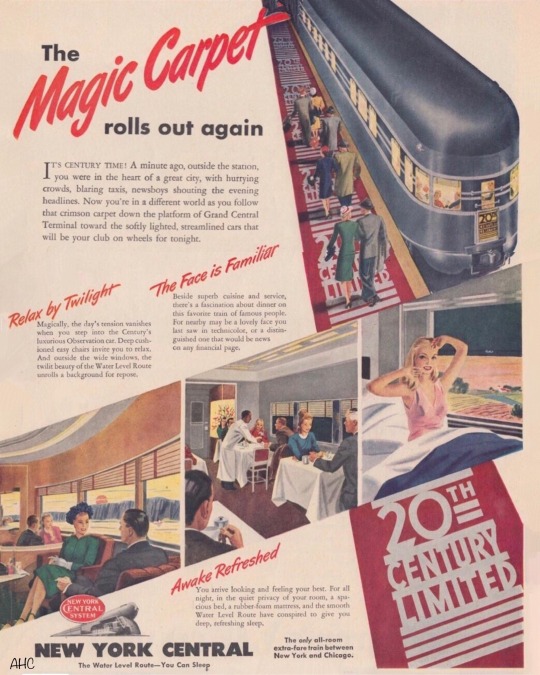
Life Magazine 1946
#year: 1946#circa 1946#1946#decade: 1940s#1940s#1940s vintage#vintage life Magazine#life magazine#vintage advertising#vintage advertisement#20th century limited#vintage train
51 notes
·
View notes
Text
Now with the New York Central hudsons being iconic, I thought I’d have Hudson, Steele and Mark be shown in one post, and as usual, these images will provide Grantgfan with images of my TTTE OCs when the time comes for them to show up in The Genie Team season 9.
Hudson⬇️
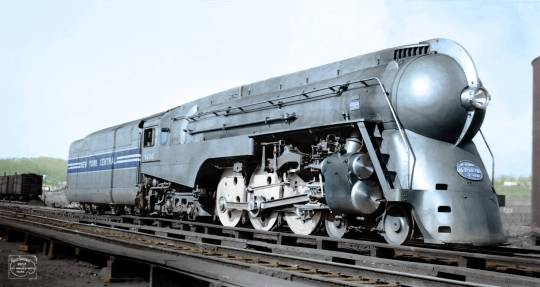
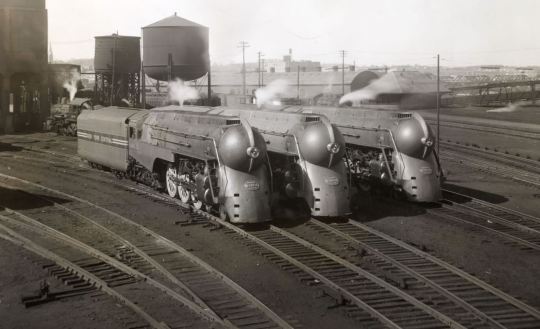
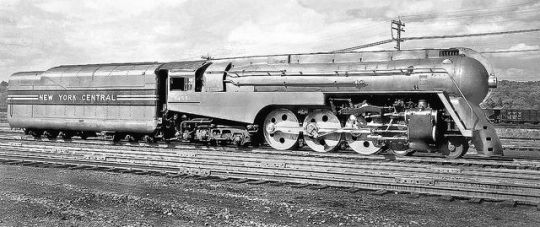
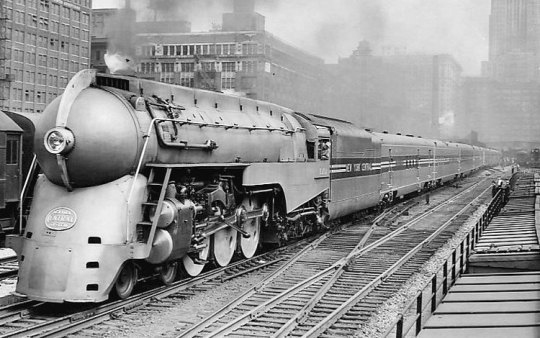

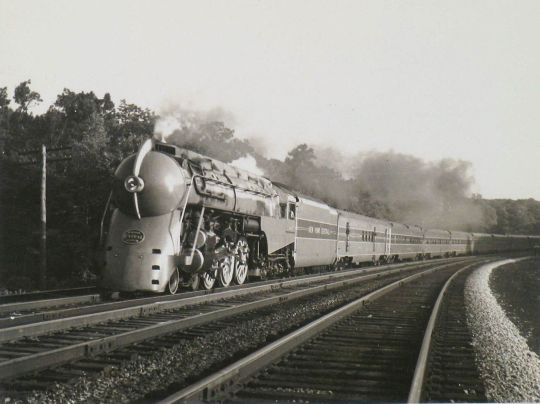


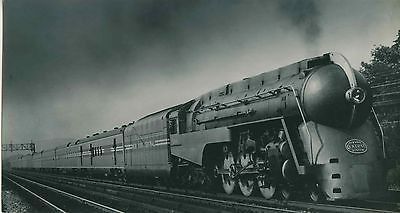


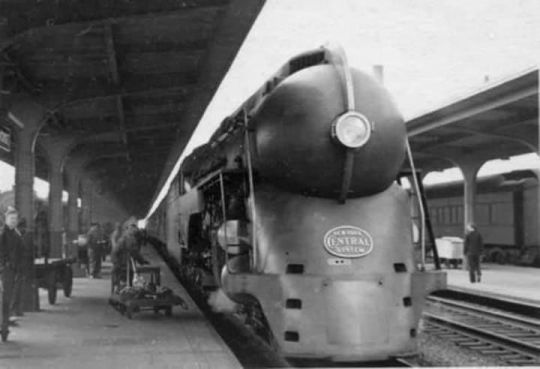
Steele⬇️





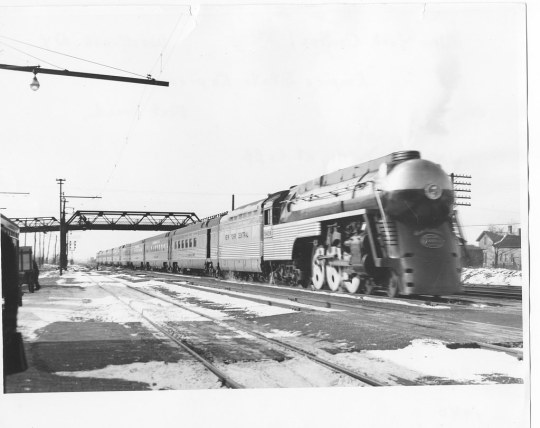




Mark⬇️
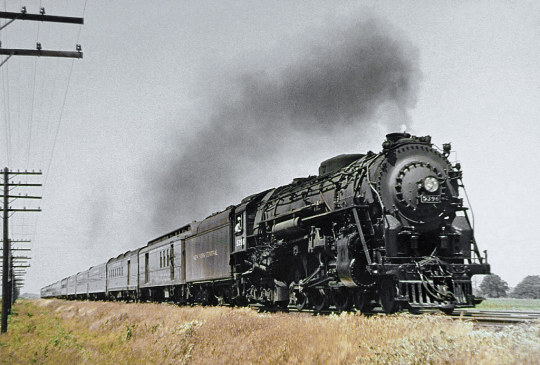

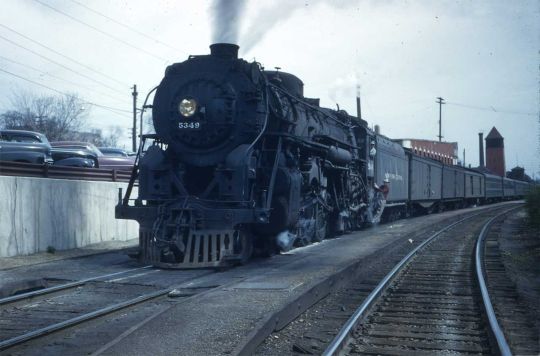



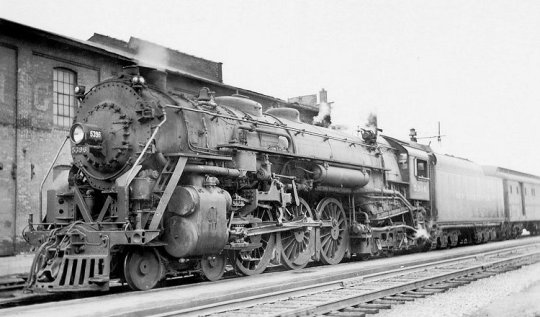

Now since some of the j1 hudsons have different numbers; Grant can edit them to match Mark’s number: #5396.
#new york central#new york central system#new york central railroad#nyc#steam locomotive#steam engine#passenger cars#passenger train#20th century limited#empire state express#train#trains#railroad#railroads#ttte oc#ttte#thomas the tank engine#thomas and friends#railway#railways#rail#rails#locomotive
16 notes
·
View notes
Text
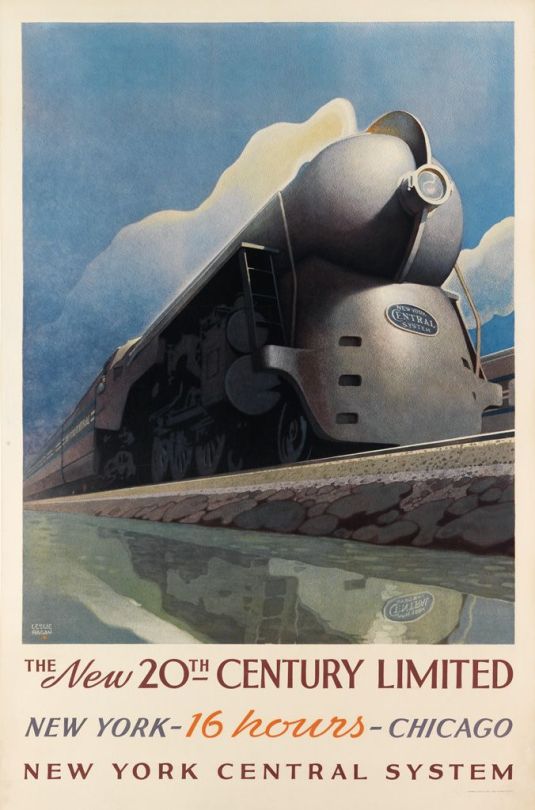
2 notes
·
View notes
Text


youtube
streamline..you know..
1 note
·
View note
Text
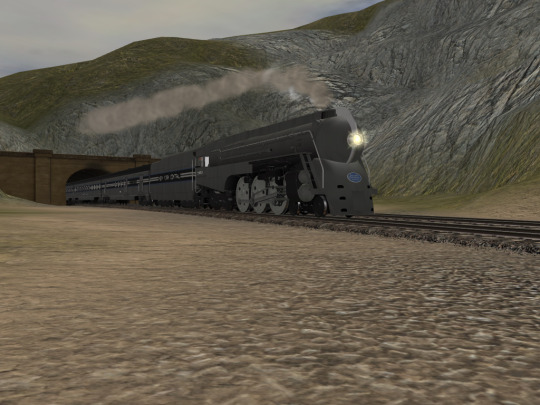
With New York Central 5450 demonstrating it's power, the 20TH Century Limited thunders out of the tunnel and into the sunlight.
Models and Route by: K&L Trainz, Auran, and Download Station
#New York Central#20TH Century Limited#Trains#Steam Locomotive#NYC Dreyfuss Hudson#Art Deco#K&L Trainz
0 notes
Text

ℭ𝔦𝔯𝔠𝔩𝔢 𝔏𝔦𝔪𝔦𝔱 ℑ𝔙 (ℌ𝔢𝔞𝔳𝔢𝔫 & ℌ𝔢𝔩𝔩) 𝔟𝔶 𝔐ℭ 𝔈𝔰𝔠𝔥𝔢𝔯. յգճօ
#Circle Limit IV (Heaven & Hell)#MC Escher#1960#60's#60s#xx century#20th century art#20th century#art#woodcut#bat#bats#illustrations#illustration#Circle Limit IV Heaven Hell
268 notes
·
View notes
Text

4 notes
·
View notes
Text


Employee magazine of the New York Central from 1927 which shows the famous 20th Century Limited in Grand Central Terminal on the cover and an advertisement for Bowman-Biltmore (whose hotels around Grand Central the railroad had a stake in) on the rear.
#railroad#new york central#trains#history#1920s#20th century limited#grand central#grand central terminal#vintage advertising#vintage ads#vintage magazine#magazine#magazine cover
5 notes
·
View notes
Text
早安 ZAO AN x 中国说唱顶峰对决2023 THE RAP OF CHINA 2023 《星星》 Star
#zao an#早安#this performance gave me chills. and emotions. and more than a bit of an existential crisis#come join me in being completely bizarrely and unexpectedly obsessed with zao an. the ARTISTRY of this man#I don't even LIKE rap <— lying#okay so it looks like captionfy can be a limited workaround for the lack of aegisub#cw blood#cw 20th century chinese history#cw nanjing#that's as much as I'm saying
13 notes
·
View notes
Text
also i think we as trans people need to start being a problem again. call yourself a faggot transvestite and crossdress whichever way you want in public. embrace the inherent glorious punk nature of a sex change. be a horrible freak full of love. i'm so sick of being palatable
#samrambling#i tried to post this on twitter and it immediately got limited#i just think we need to look at how queer people were self-liberating in the 20th century and model it#respectability is an ever moving bar that conservatives use to keep down the people they deem disgusting anyway#so be fucking disgusting#sure be kind and foster community and help those around you but also be disgusting#make cishets uncomfortable with how much you love yourself#trans#queer
8 notes
·
View notes
Text
“Sex and reproduction affected women’s lives much more powerfully than men’s. The mid-century decades were particularly treacherous ones because the codes of sexual conduct were changing so rapidly. On the one hand, traditional sexual mores and the “double standard” remained so strong that a woman’s reputation could be “ruined”--in the lingo of the day--if she behaved in ways that were outside the boundaries of acceptable sexual conduct for women. If she became pregnant as a result, the consequences were extremely dire. On the other hand, these were the years when sex became big business; sex was used to sell products from cars to toothpaste.
Magazines, movies, and every form of advice literature encouraged women to be attractive and sexy to catch a man--but to put on the brakes when it came to sex itself. Birth control devices were becoming more effective and available, but abortion remained illegal except under exceptional circumstances, and illegal abortions were extremely dangerous. If women were confused by all these mixed messages, it is no wonder. As one woman recalled, “Postwar America was a society with Stop-Go lights flashing everywhere we looked. Sex, its magic spell everywhere, was accompanied by the stern warning: Don’t do it.”
…It was now obvious that homosexuality, once considered a deviant fringe element of society, was pervasive. But in the hostile climate of the Cold War years, this knowledge did little to make life easier for gay men and lesbians. In fact, the postwar era was a time of heightened persecution of homosexuals. Anyone who did not display the appropriate sexual behavior of the era--heterosexual dating, young marriage, and childbearing--was suspected of being a “pervert.” This pejorative term was widely used during these years and implied not only sexual deviance, but danger. The Republican party national chairman, Guy Gabrielson, claimed that “sexual perverts… have infiltrated our Government in recent years,” and they were “perhaps as dangerous as the actual Communists.”
It was widely believed that only “manly” men could stand up against the threat of communism, and that “perverts” were security risks. The persecution of homosexual men and women became more intense than ever before. Homophobia became ferocious, destroying careers, encouraging harassment, and forcing homosexuals to name others with whom they associated. In 1950, the Senate issued a report on the Employment of Homosexuals and Other Sex Perverts in Government, which asserted that, “those who engage in overt acts of perversion lack the emotional stability of normal persons… Indulgence in acts of sex perversion weakens the moral fibre of the individual.”
Male homosexuals were considered the greatest menace. Lesbians were also condemned, but since displays of affection between women were not uncommon, lesbianism more easily went unnoticed. Nevertheless, lesbians established strong communities with distinctive styles of dress, behavior, and social institutions. Lesbians who were open about their identity faced extreme hostility and even violence.
…Dating began the path to marriage. Most young people dated during high school, and many, especially young working-class women who did not go on to college, married right after graduation. The dating system established a certain amount of physical intimacy between unmarried men and women. Although the proportion of young men and women having sexual intercourse did not increase substantially between the 1920s and the 1960s, there was a significant increase in physical intimacy that stopped short of intercourse. As Kinsey noted, “on doorsteps and on street corners, and on college campuses, [petting] may be observed in the daytime as well as in the evening hours.” He claimed that petting was “one of the most significant factors in the sexual lives of high school and college males and females.”
Dating and petting in high school often encouraged young coupling, and those who were steady dates were more likely to become sexually involved. One teenager explained that it had more to do with love than with sexual experimentation: “Something you go all the way in should only be with someone you really love, not just any date.” Although adults at the time were sometimes alarmed at what they saw as promiscuous behavior, dating and petting, and even intercourse between steadies, was part of a system of dating that was expected to lead, ultimately, to the rational choice of a marriage partner.
The dating and petting system, however, contained many dangers for women. It was very difficult for a young woman to know how to avoid being a “prude,” and at the same time to know how far was “too far” to go and still maintain her reputation and desirability. The “double standard” was fiercely enforced, which meant that boys could experiment sexually with little risk, but girls were condemned if they did so.”
- Elaine Tyler May, “Sex: Dating, Marriage, and the Double Standard.” in Pushing the Limits: American Women, 1940-1961
29 notes
·
View notes
Note
AH SHIT I forgot the image (for Freddie Mercury)
https://th.bing.com/th/id/R.ee055243cf4899461d82527ffc5c09c2?rik=c2GIZMK90TB2HQ&pid=ImgRaw&r=0

#history crush fmk#history crush wbb#20th century#once again the only limit on “history” is that they can't currently be living
4 notes
·
View notes
Text
Man…It’s too bad men never wore anything interesting or colorful in the 19th century…just black and white…

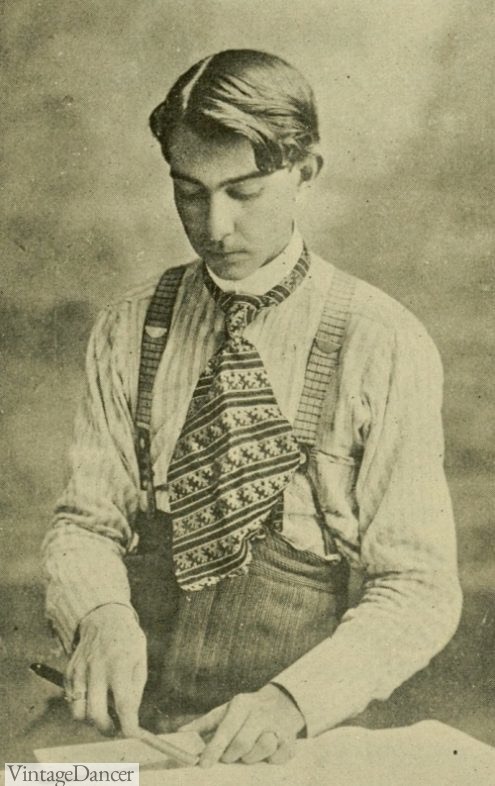




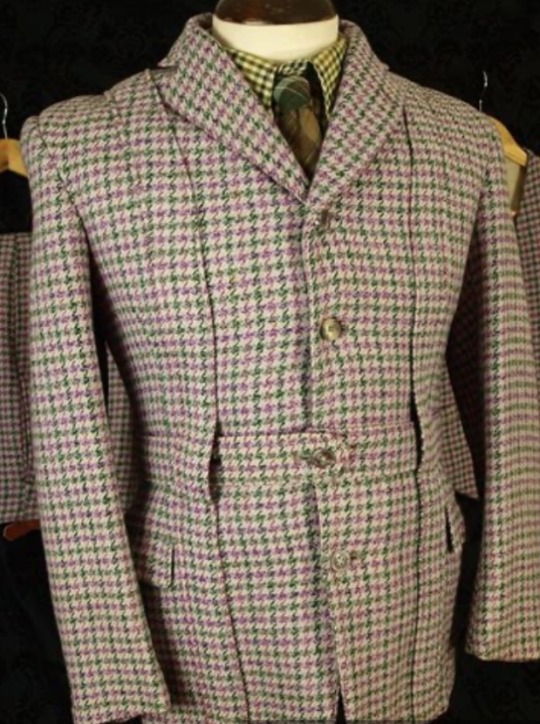



“But the lace and embroidery and ruffles!” please understand that only the wealthy could actually afford to dress like that in the 18th century. The majority of men before the 19th century still wore wools. Still wore less ornate colors and patterns. Couldn’t afford lace. I cannot overstate how much heavy lifting “wealthy” is doing in that wiki paragraph.
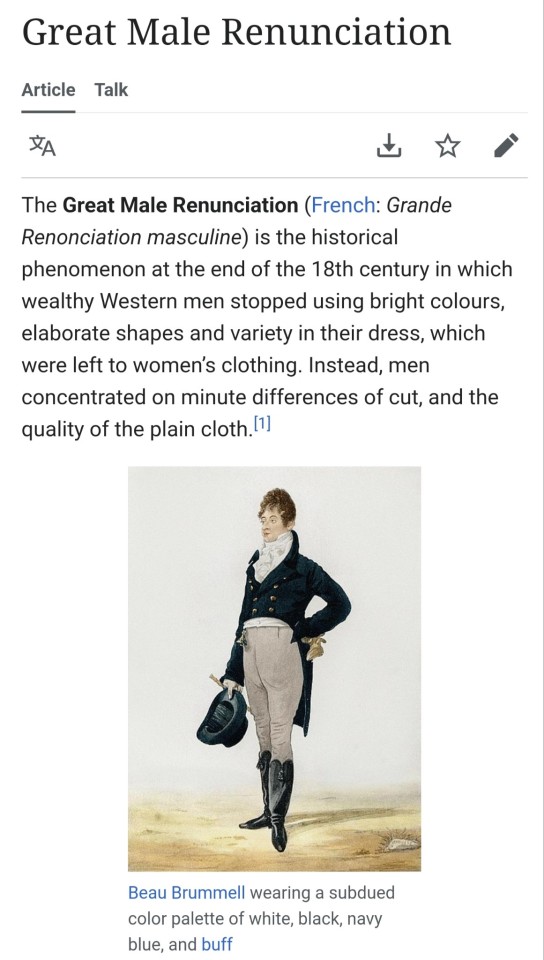
was a mistake
#menswear#historical fashion#please actually look at working class 18th century menswear#I still hear this despite the fact pink was a popular color for men#well into the 20th century#I could go on with more photos too but unfortunately I have a picture limit
51K notes
·
View notes
Text

Postcard likely from the 1910s depicting the New York Central System’s 20th Century Limited running along the Hudson River bound for Grand Central Terminal in New York City.
2 notes
·
View notes